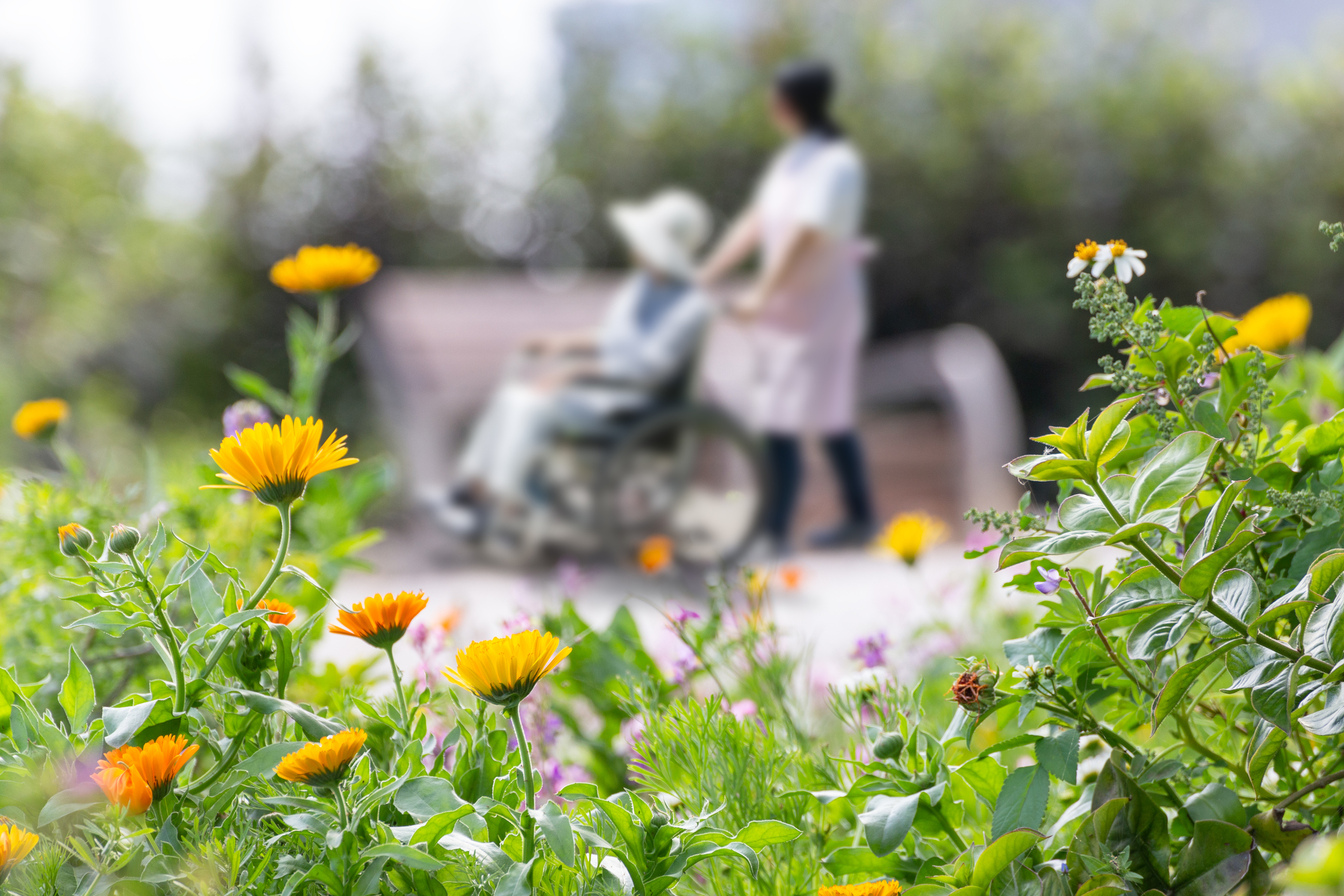As the Baby Boomer generation reaches old age, more seniors will be aging in place and living alone than previous generations but the growing lack of home care workers is already making life difficult for elderly adults who live alone and face mobility challenges. Even when low-income seniors qualify for help with household chores, daily activities, or errands, high turnover and a care aide shortage often leave elderly adults without help for months, according to a recent PBS News Hour report.
Because the funding for many programs that provide elder care services to seniors is insufficient to pay a living wage to caregivers, there are too few workers and the retention rates are low. Although for the past 20 years, it has been well established that the need for home care aides and nursing assistants will soar with the aging of the boomers, low wages, challenging working conditions and stigma about these types of jobs have added to the worker shortage.
The COVID-19 pandemic shone a light on the difficulties facing vulnerable older adults, especially those who live alone and don’t have family nearby to help. But when care aides can make as much money working in a fast-food restaurant they would receive for providing home care for seniors, more than half of workers quit within a year. The job is both physically and emotionally demanding and often requires travel during inclement weather.
Although elder care workers may be considered unskilled laborers, the job does require training to safely bathe older adults, manage medications, and in many cases deal with physical disabilities and mental health issues. Add cleaning and preparing meals, shopping, and doctor visits and the job becomes far from unskilled employment.
According to a recent AARP survey, nearly 80 percent of adults over the age of 50 say they want to remain in their communities and/or homes as they age. But until the funding, training, and respect for home eldercare workers improve, the aging population will continue to face a care aide shortage that threatens the well-being and independence of seniors.
Home-sharing, aging “villages” and other alternatives to aging alone at home or moving into assisted living are seeing an uptick as older adults plan creatively for an increasingly longer lifespan.






Add Your Voice
0 Comments
Join the Discussion